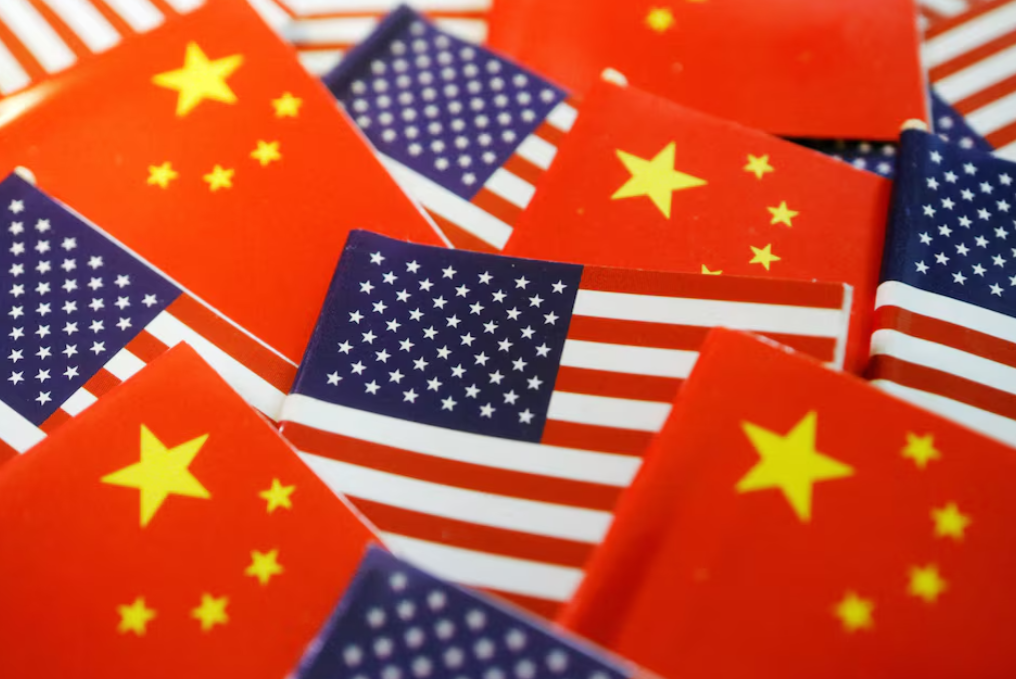
Flags of the U.S. and China are seen in this illustration picture taken on Aug. 2, 2022.
SINGAPORE (Reuters) — The United States is amassing an arsenal of abundant and easily made anti-ship weapons as part of American efforts to deter China in the Indo-Pacific region and gear up U.S. forces there.
Russia’s invasion of Ukraine has pushed U.S. thinking toward a new philosophy — “affordable mass,” as one missile industry CEO put it, speaking on condition of anonymity, referring to having plenty of relatively cheap weapons at the ready.
“It’s a natural counter to what China has been doing,” said Euan Graham, a senior analyst with the Australian Strategic Policy Institute think tank, referring to the Chinese arsenal of ships and conventional ballistic missiles including those designed to attack vessels.
The Pentagon and China’s Ministry of Defense did not immediately respond to requests for comment.
The United States has ramped up testing of its QUICKSINK weapon, an inexpensive and potentially plentiful bomb equipped with a low-cost GPS guidance kit and a seeker that can track moving objects. The U.S. Air Force used a B-2 stealth bomber during a test last month in the Gulf of Mexico to strike a target ship with QUICKSINK.
China will still have a large advantage in sheer numbers of anti-ship missiles, according to experts, and can base them on its home territory. But increasing U.S. production of QUICKSINK would narrow that gap by putting China’s 370 or so warships at more risk during any future conflict than they have faced since before Beijing leaned into modernizing its military in the 1990s.
QUICKSINK, still in development, is made by Boeing with a seeker from BAE Systems. QUICKSINK can be used with the hundreds of thousands of Joint-Direct Attack Munition tail kits — systems that can be dropped from U.S. or allied warplanes and cheaply turn “dumb” 2,000-pound (900-kg) bombs into guided weapons.
The U.S. military’s Indo-Pacific Command wants thousands of the QUICKSINK weapons — and has for years — according to an industry executive, who declined to reveal the precise figure because it is classified.
With enough “affordable mass” weapons aimed at them, Chinese ship defenses would be overwhelmed, according to this executive, speaking on condition of anonymity.
In such a scenario, the U.S. military would use Long Range Anti-Ship Missiles or SM-6 missiles to damage a Chinese warship and its radars, then bombard the vessel with lower-cost weapons such as QUICKSINK.











